



Steel Structure
Classification :
PRODUCT DETAILS
Steel Structure: The Core Support Solution for Modern Architecture and Engineering
Steel structure is an engineering structural system using steel as the primary load-bearing component. It is assembled through welding, bolting, or riveting steel sections, steel plates, and other steel materials. It features high strength, light weight, and fast construction, making it the mainstream structural form in modern buildings, bridges, industrial facilities, and other fields.
I. Our Materials
1. Carbon Structural Steel (Q235, Q275)
Predominantly low-carbon steel with a carbon content of ≤0.22%, it offers excellent plasticity, toughness, and weldability at a moderate cost.
Suitable for general buildings with light loads (such as multi-story factories and storage facilities). Q235 steel has a yield strength of ≥235 MPa, meeting typical load-bearing requirements.
2. Low-Alloy High-Strength Structural Steel (Q355, Q460)
The addition of alloying elements such as manganese, silicon, and vanadium significantly increases strength (Q355 yield strength ≥355 MPa, Q460 ≥460 MPa), and offers superior weather resistance to carbon steel. Suitable for large-span buildings (such as stadiums and convention centers), high-rise buildings, and bridge projects, reducing structural weight while improving wind and earthquake resistance.
3. Weathering Steel (Corten Steel)
Containing elements such as copper, chromium, and nickel, it forms a dense oxide layer ("rust layer") on its surface, which resists atmospheric corrosion and has a service life 2-3 times that of ordinary steel.
No painting is required, making it suitable for large outdoor structures (such as bridges and landscape towers), combining environmental friendliness with an industrial aesthetic.
II. Our Flexible Designs Adapt to Diverse Scenarios
We can provide:
1. Portal Frame Structure
Composed of a portal frame welded from steel sections, it offers spans of over 30 meters, low weight, and high space utilization. Widely used in industrial plants, warehouses, and logistics centers.
2. Steel Frame Structure
Composed of columns and beams connected by joints, it forms a three-dimensional frame with excellent seismic performance (designed to withstand earthquake intensity 8 and above). Suitable for high-rise buildings (such as office buildings and hotels) and multi-story residential buildings.
3. Spatial Steel Structures
These include grid, lattice shell, and truss structures, utilizing triangular stability to distribute loads and spans exceeding 100 meters.
Used in large public buildings (such as stadiums and airport terminals), they create large, column-free spaces, enhancing flexibility and visual impact.
4. Lightweight Steel Structures
Utilizing cold-formed, thin-walled steel sections (such as C- and Z-sections), they weigh only one-fifth of traditional brick-concrete structures and are suitable for low-rise residential buildings, prefabricated homes, and agricultural greenhouses.
Modular production allows for efficient on-site assembly.
III. Core Advantages: Why Choose Steel Structures?
1. High Strength and Lightweight
Steel's tensile and compressive strengths are 10-20 times that of concrete. For a given span, a steel structure's deadweight is only one-third to one-half that of reinforced concrete, reducing foundation loads and foundation treatment costs. 2. Efficient Construction and Short Construction Time
Most components are prefabricated in the factory (with an accuracy of ±1mm) and quickly assembled on-site using bolts, saving over 50% of construction time compared to concrete structures.
3. Excellent Seismic and Wind Resistance
Steel's excellent toughness allows it to absorb energy through elastic deformation during earthquakes and strong wind loads. Combined with flexible joint design, this effectively reduces structural damage.
4. Flexible Design and Easy Retrofit
IV. Typical Application Scenarios
1. Industrial: Heavy machinery plants, chemical plants (corrosion-resistant steel structures), warehouses and logistics centers
2. Public Buildings: High-speed rail stations (long-span grid structures), gymnasiums (space truss roofs), convention and exhibition centers (steel frames + glass curtain walls).
3. Infrastructure: Cross-river bridges (steel box girders), urban elevated roads (steel piers), transmission towers (angle steel pylons).
4. Civilian Buildings: Low-rise lightweight steel villas, high-rise steel residential buildings (e.g., prefabricated steel frames + lightweight wall panels), and modular apartments.
5. We Provide Customized Services: Full-Process Guarantee from Design to Delivery
We offer one-stop services, from conceptual design to installation and maintenance, to meet individual needs:
Customized Design
Based on BIM technology, we use 3D modeling to optimize structural loads and joint details, adjusting spans, heights, and functional zoning (such as crane space and fire escapes) to meet customer needs.
Customer feedback

CUSTOMER CASES

22,000 tons of cold rolled steel shipped to Iraq

12,000 tons of cold rolled steel shipped to Japan

5,000 tons of galvanized and color-coated coils shipped to Russia

6,000 tons of galvanized and color-coated coils shipped to Africa
APPLICATION AREAS

Factory

Excavator

High-speed rail

Automobile manufacturing

Wind power generation

Mining
PARTNER


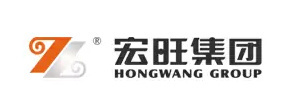
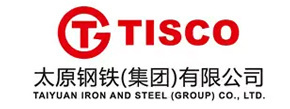
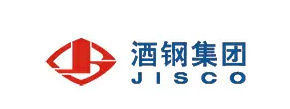
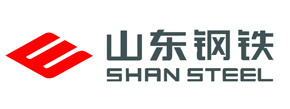
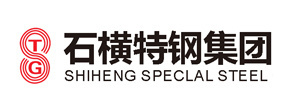
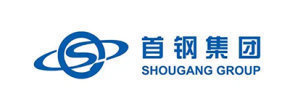

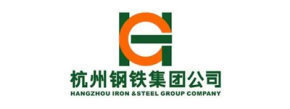

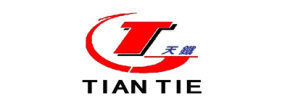
FACTORY WORKSHOP

Factory Workshop

Factory Workshop

Factory Workshop

Factory Workshop

Factory Workshop

Factory Workshop

Factory Workshop

Factory Workshop
FAQ

Once the products received by customer were found not comply with the products or contract demands, what will you do?


Do you provide samples Is it free or extra?


What certifications do your products have?


What kind of payment terms would you accept?


What is the delivery time?


What is your MOQ?

RELATED PRODUCTS
GET A FREE QUOTE

